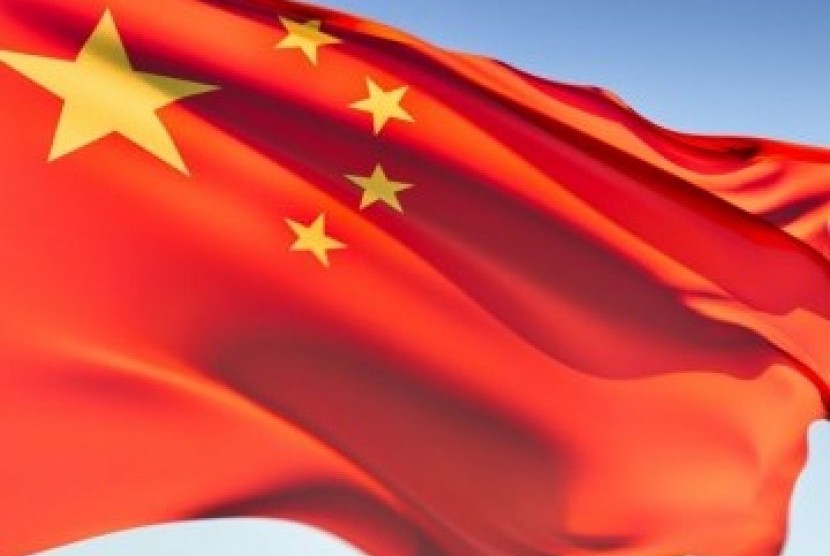REPUBLIKA.CO.ID,BEIJING -- A Mongol herder hanged himself from the gate of a Chinese government building in protest at land seizures in the latest instance of unrest in Inner Mongolia, a rights group said Tuesday.
The suicide on January 19 came as part of several demonstrations by ethnic minority Mongols against alleged land grabs by local authorities, the US-based Southern Mongolian Human Rights Information Center said.
China's resource-rich Inner Mongolia region sees sporadic protests by Mongols against government policies which include moving nomadic herders from grazing lands into towns, and vast coalmine development.
The US-based group cited local sources and pictures posted online as showing that a 45-year-old named Tumur hanged himself in protest at "the authorities' illegal occupation of his grazing land".
It cited relatives as saying that Tumur, who like many Mongols only uses one name, had organised other herders to demand punishment for corrupt officials.
Around 300 herders from across the region took part in demonstrations on Monday outside government buildings in the regional capital Hohhot, protesting policies which have seen thousands forced off their land, it said.
Some 200 police officers were dispatched to quash the protests and arrested more than 30 herders, it added.
Local authorities could not be reached for comment.
Around six million Mongols live in China -- twice as many as the population of Mongolia.
They are one of dozens of minority groups who live along China's borders and speak Mandarin as a second language, seeing themselves as culturally different from the majority Han Chinese -- who now make up 79 percent of Inner Mongolia's population.
Some of China's ethnic Mongols complain of political and cultural repression under Chinese rule.
Beijing denies the accusation and says it has brought economic development to the region.
When a Han Chinese coal truck driver ran over a Mongol herdsman in 2011 it triggered more than a week of protests by hundreds of people in cities and towns across the region.


